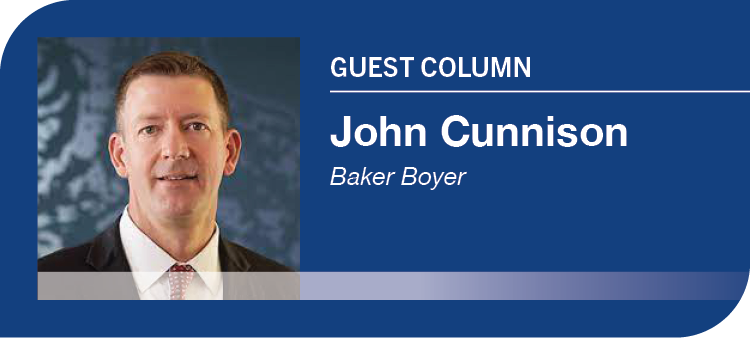
Home » Market report: How 2023 is likely to react to 2022
Market report: How 2023 is likely to react to 2022

February 10, 2023
As talk of a potential economic recession gathers steam, keep in mind that much of the widely forecasted economic weakness in 2023 is already priced into markets.
Instead of attempting to determine market direction over the next six months to a year, investors would be wise to ensure that their asset allocation is diversified, appropriate for their financial plan, and positioned to take advantage of areas of the market that are likely to enjoy relative outperformance over the next 3, 5 and 10 years.
Recapping 2022
Markets faced several challenges in 2022, including high inflation, historic central bank policy, the war in Ukraine and Covid-19 lockdowns in China.
Inflation was a major factor in the markets throughout the year, with the headline consumer price index reaching a 40-year high of 9.1% in June. High inflation prompted the Federal Reserve and its global central bank peers to aggressively raise interest rates, which caused stocks and bonds to trade lower.
There was no place to hide as central banks rapidly tightened monetary policy.
The S&P 500 returned -19.4% in 2022, its worst annual return since 2008, and the Bloomberg U.S. Bond Aggregate produced its worst total return since 1976.
Fortunately for our local economy, statistics reveal positive growth, which have combined to soften the impact of these national and global financial trends.
Local outlook
The local and regional economy continues to grow faster than national averages, supporting positive net migration, new job creation and rising median household incomes.
Anecdotal evidence suggests that the pandemic and remote work allowed migration from Portland and Seattle for less traffic and more affordable housing.
Although it is unlikely the Tri Cities and the region will escape the Fed-promulgated contraction in economic activity in 2023, it is unlikely that any contraction will permanently interrupt the longer-term trends driving economic growth in the region.
Effect of higher interest rates
The Federal Reserve’s interest rate hikes occurred in 2022, but the full impact of its restrictive measures has not yet been fully felt in the real economy.
While the U.S. economy contracted during the first half of 2022, it expanded at a robust +3.2% annualized pace during the third quarter. Consumer spending remained strong throughout most of 2022 despite high inflation, and the U.S. labor market added more than 4 million jobs through the end of November.
The data indicates the U.S. economy has withstood tightening thus far, but the real test will come in 2023 as the cumulative impact of higher interest rates becomes clearer.
While a recession is not a foregone conclusion, it is possible the economy could be tested in 2023. An index of leading economic indicators shows the U.S. economy is already starting to slow as the impact of higher interest rates takes hold.
Leading economic indicators include average weekly hours worked by manufacturing workers, new homebuilding permits, and the volume of new orders for capital goods, such as equipment, vehicles, and machinery. The Leading Economic Index has decreased every month since March 2022, an indication the economy is slowing after a period of strong growth during the pandemic recovery.
Equity valuations, corporate earnings
Economic data and corporate fundamentals are expected to play a larger role in determining the market’s direction in 2023.
Despite expectations for an economic slowdown, Wall Street analysts still forecast single-digit earnings growth for the S&P 500 in 2023. The positive earnings growth forecast is encouraging, but it creates a risk for the market. If actual earnings growth falls short of the forecast, stock prices could decline as markets price in lower actual earnings.
2023: A year in two acts
During the next phase of the tightening cycle in 2023, the lagged effects of 2022’s monetary policy changes will be felt. It has the potential to be a year of two halves.
In the first half, the focus is likely to shift from the number of future interest rate hikes to how much those interest rate hikes will slow the economy. Some data, such as the housing market, indicate that tighter monetary policy is being transmitted into the economy at a rapid pace. Home sales are slowing, and homebuilder confidence weakened every month during 2022 and now sits at its lowest level since 2012.
At the same time, consumers continue to spend, and employers continue to add jobs. There is still a wide range of possible outcomes, and the unique nature of the pandemic followed by rapid interest rate cuts and hikes makes the path forward less certain.
The second half has the potential to be different depending on how severe the slowdown is in early 2023. Markets are based on forward-looking decisions, and investors will be watching closely for signs that the economy has bottomed and is recovering.
John Cunnison is vice president of Baker Boyer and chief investment officer of D.S. Baker Advisors. He is a national financial markets expert and chartered financial analyst.
Local News Opinion
KEYWORDS february 2023




